Gran Canaria paints itself orange
Orange is the colour that defines and highlights some of the essential traits of the island of Gran Canaria.
Gran Canaria hides away sometimes. It is then we have to go out in search of it, perhaps at the bottom of little known rocky valleys, well away from the commonly walked footpaths. This game of hide and seek occasionally features an 18th century stone bridge, at a point along Barafonso ravine, where suddenly, these streaky stones take on an orange tint. This colourful and narrow canyon of volcanic ashes, eroded by water over thousands of years, is another feature of this mysterious, infinite island.
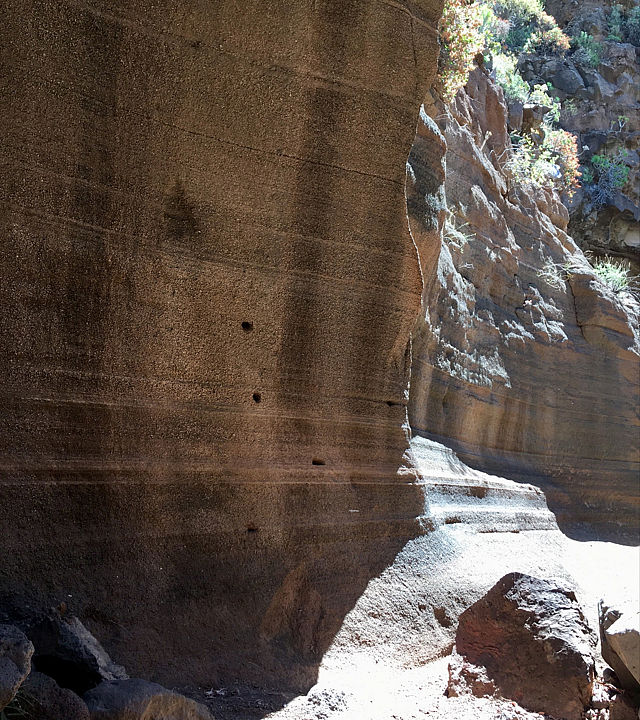
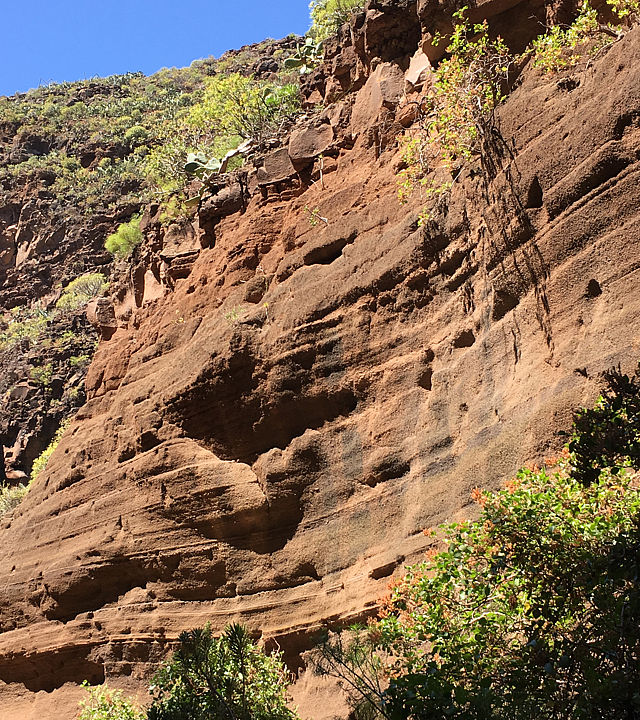
We leave behind these stone river beds, and time, as we come across another type of orange reflection that stands out over the green slopes of the north of Gran Canaria. There’s no doubt about it: its six pointed leaves and bell shape clearly reveal it to be a bicácaro, one of the flowers that provide a magical aura in the woody areas around Los Tilos de Moya, as well as at other lush island locations where orange seeps through like the first rays of sunlight filtering through the shade.
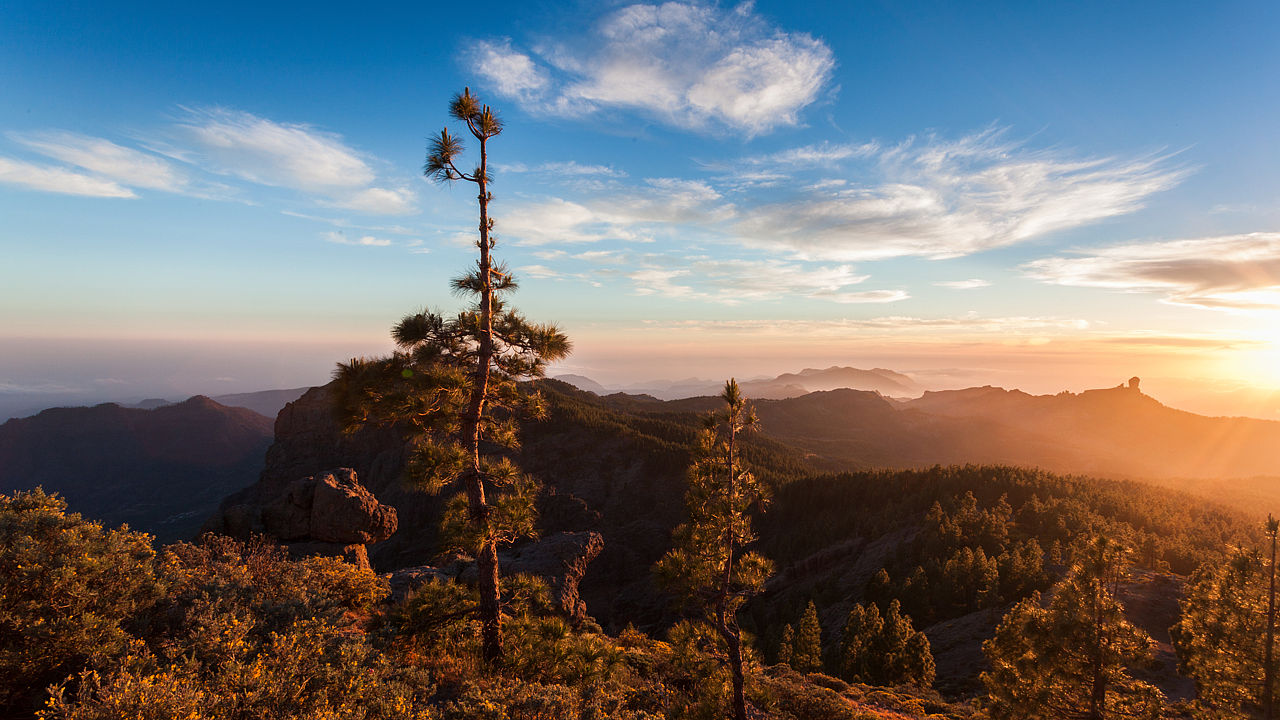
Orange can also shake off its shyness, and reveal its spendid radiance to one and all. It is the colour of beginnings and ends, one that announces a new day and also the last rays of light as the evening curtain falls, tinging the skies, imitating the ochre tints of the summit, and turning the sand dunes bronze.
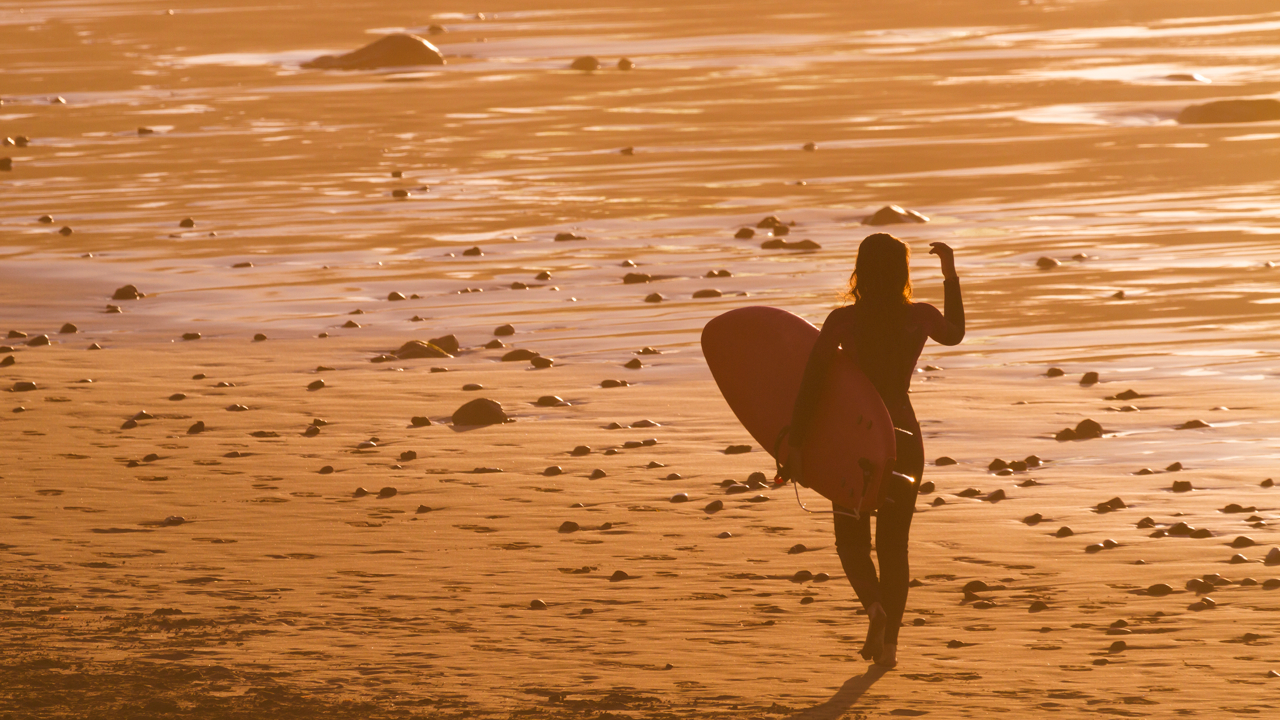
Orange is capable of magical tricks and illusionism. Before darkness falls, orange illuminates the damp sand along the shores, over the thin layer of gentle waves as they lap up onto the beach, reflecting the sky and clouds over the soft ground we walk on, leaving an indelible mark in every footprint we take.
Orange is a colour with an amazing personality, too. On occasions it can come across as quite haughty, like a giant Gran Canarian lizard which raises its head up in proud defiance, casting a sideways glance to reveal a fusion of ochre, yellow and orange that glows off the neck of certain types of this endemic species. Orange also goes diving. It plunges into the water along the coastline, both at the shallow surface and also deeper down, glistening on the skin and the scales of cabrillas, samas roqueras, and pejeverdes fish, and moray eels.
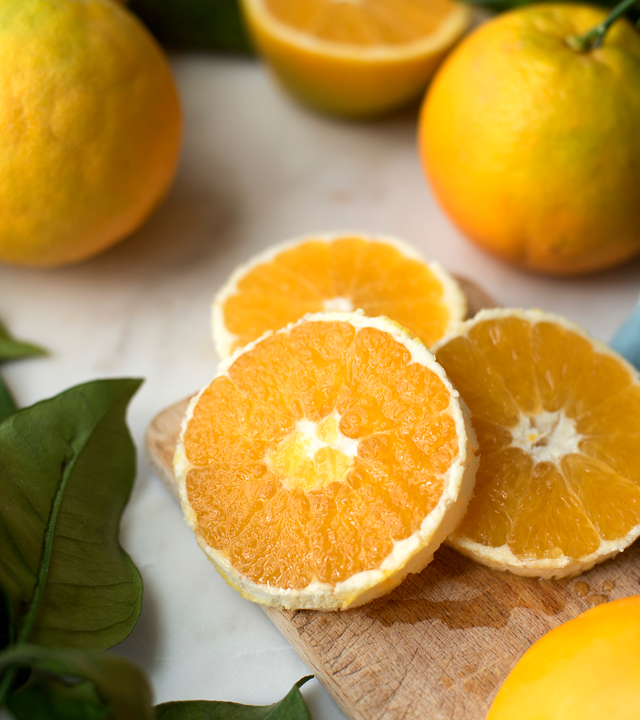
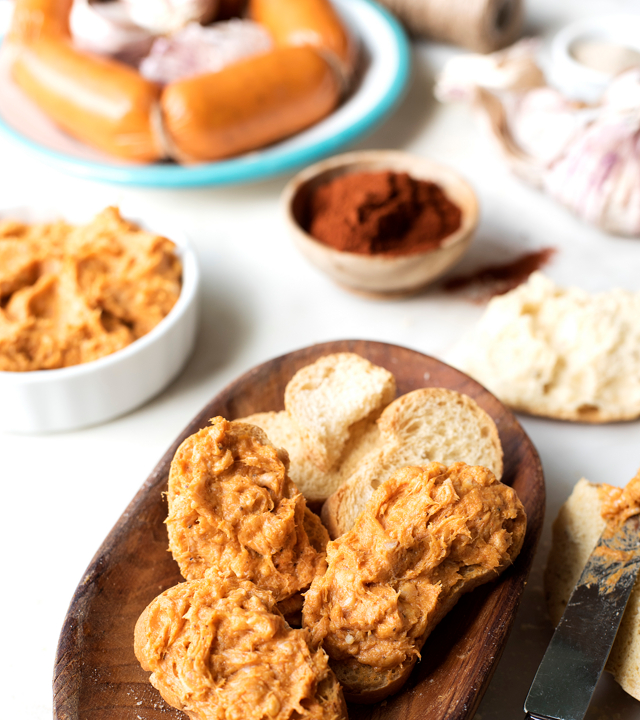
That then is the orange of Gran Canaria, a living, restless being that skips around rocky gorges, slips in among tilo trees and wild olive trees, and which has the true flavour of real oranges grown in Telde and in Fataga, the chorizos from Teror and also in the guavas, apricots, mangos and papayas in Mogán. It is an orange that floats around like a kite whose string you perhaps are tugging on the end of, an orange which is up early to announce the arrival of another day on the island.
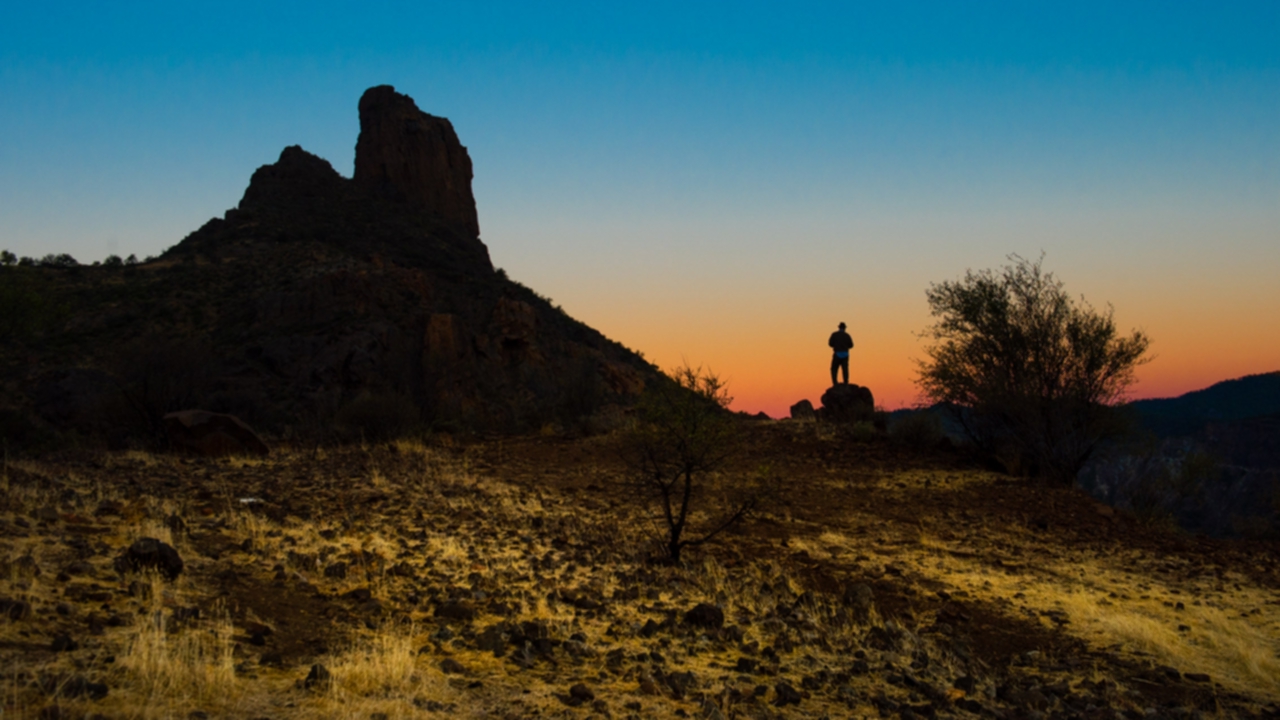

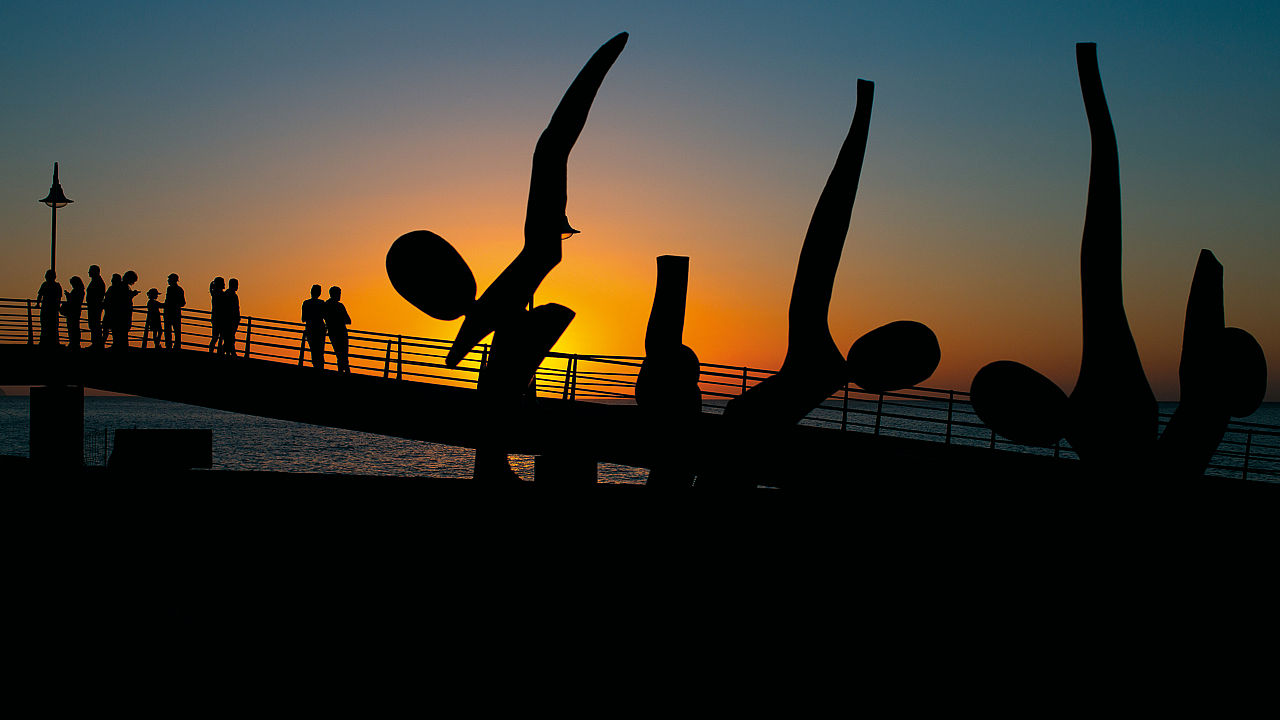
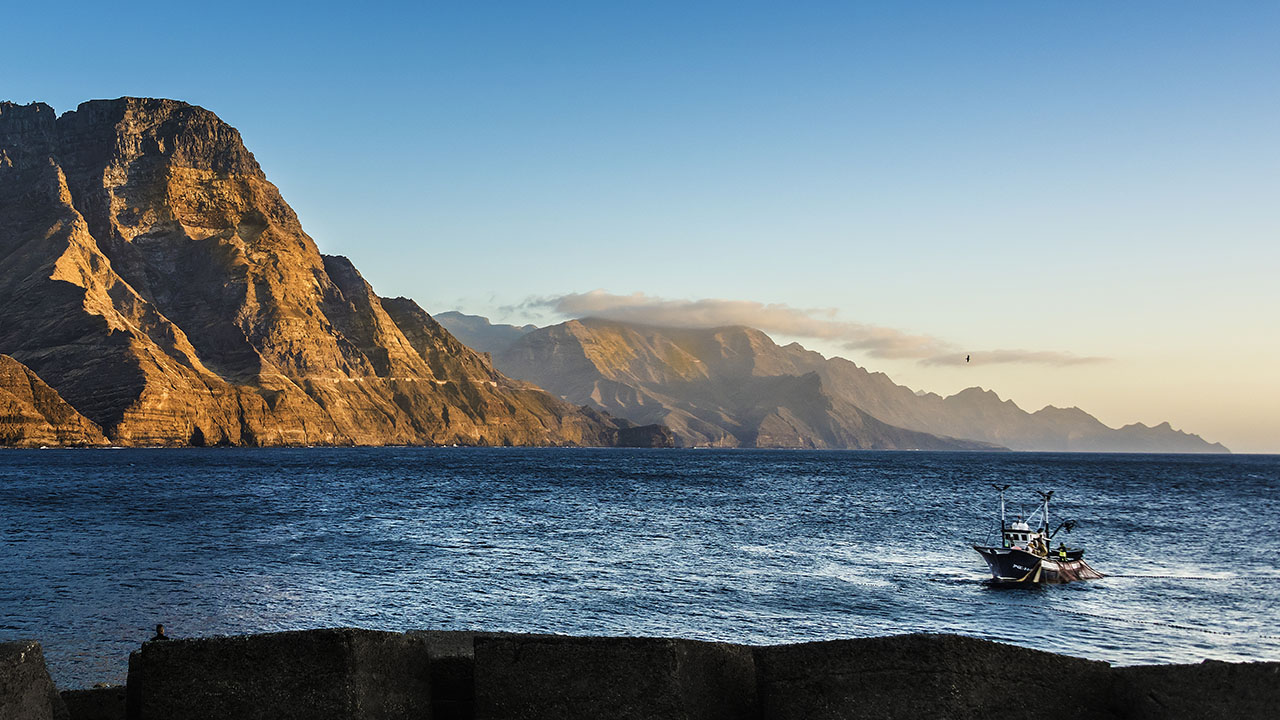
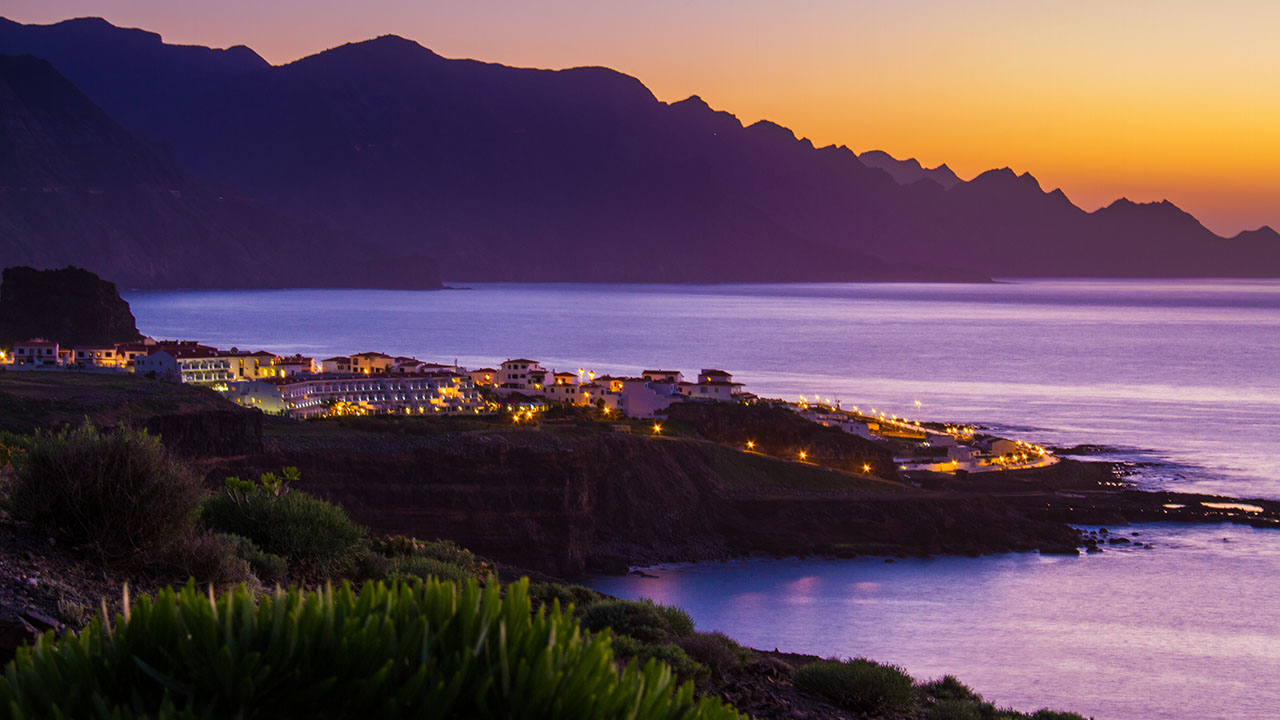
Comments are disabled for this post.